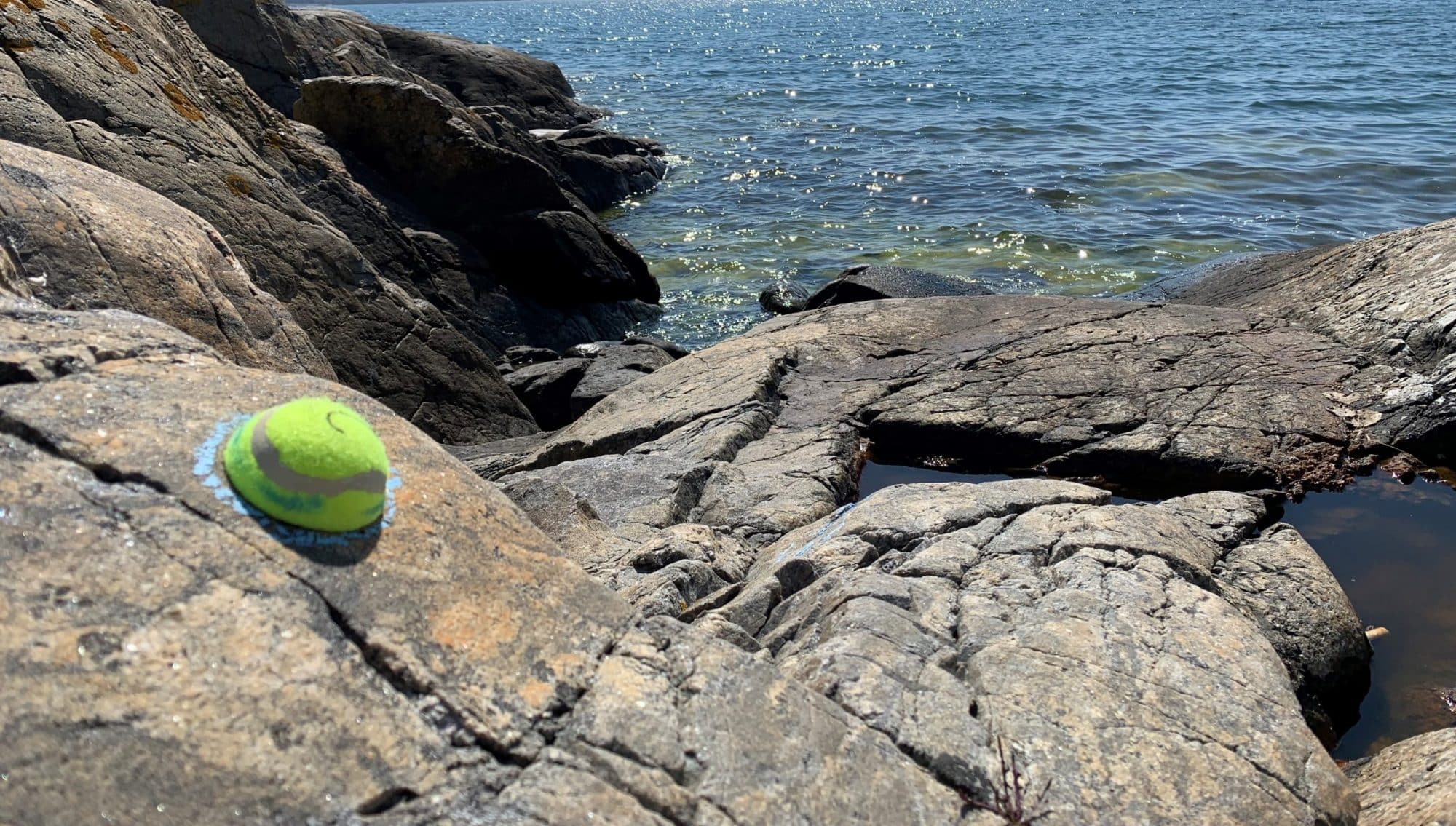SECTION 6: Glossary of Terms
Active Suspension: A suspension that is interlinked (such as the 1:1 Scorpion, excluding the air bags used to raise and lower the vehicle) which by design moves part of the suspension in one direction when moved from another. This does not have any driver input to be legal.
Body: Formed as a single piece of seamless rigid material, integrating Roof, Door (sides), and Hood sections.
Bodiless: Other construction techniques that include door (side), roof, and hood panels representative of 1:1 vehicles. Including but not limited to bolted, welded, brazed, and forming techniques.
Course: A course is the terrain that consists of a start gate, an end gate, and all the terrain in between them. Every course has an intended direction of travel, or “flow”, through the gates.
Event/Competition: The coming together of drivers at a certain place and time to compete on single or multiple courses.
Forced Articulation: Is the use of something such as hydraulics or electronics to literally force the suspension to move in a driver-controlled manner.
Gate: A gate is used to mark an obstacle within a course and/or guide the vehicle through the course. A gate consists of 2 gate markers measuring no less than; 20″/508mm for the Super class, 16”/406.4mm for Pro and Sportsman classes, and 12“/304.8mm in Mini and Performance Scale classes from inside edge of one marker to the inside edge of the opposite marker. The gate is the entire area between the gate markers; determined by the size of the gate markers and the distance between them. See Illustration C . Every gate has an intended direction of travel, or “flow”, through the gate. This direction will be marked, explained or implied by the course designers. All gate markers are “live” until touched .

Illustration C
Legal Rollover Recovery: The vehicle must be completely at rest and may not have any transmitter input during the Rollover Recovery. The rig must be smoothly rolled over (sideways not end over end) from driver or passenger sides by holding the truck by the chassis or body (Not tires, wheels or axles). The driver may only attempt to roll the vehicle in one direction. At no time during the Recovery can the vehicle slide in any direction or lose contact with the ground. Once the truck is rolled over it must be able to hold its position on its own long enough for the Judge to determine it is stable and remain within the course boundaries. The course may be continued at this point. If any of the above criteria is not met, a Reposition penalty (10 pts, see Vehicle Touch rule, Sec 1) will be given instead of a Roll Over (5 pts).
Rollover Position: A vehicle is considered to be in the Rollover Position when both wheels on the same side of the vehicle break a 90 degree vertical plane from horizontal level (NOT the crawling surface).
Vehicle track width: Is measured from the outermost edge of a tire to the outermost edge of a tire.
Wheelbase: Is measured from centre of axle nut to centre of axle nut. The vehicle should be set down on a flat surface by the driver. The front wheel on the side that is being checked, must be pointing straight forward. At that time, the driver will then cycle the suspension through it’s complete extension and compression range while the judge measures the vehicle’s maximum wheelbase. At any point the vehicle’s wheelbase cannot extend beyond the maximum limit of it’s class. All the above procedures must be duplicated on the opposite side. Note: All vehicles will be teched in the same ready to run condition, and set up as the vehicle will be run on the course. If the vehicle’s wheelbase is affected by radio control it must be cycled or activated during tech inspection.
November 17, 2022
